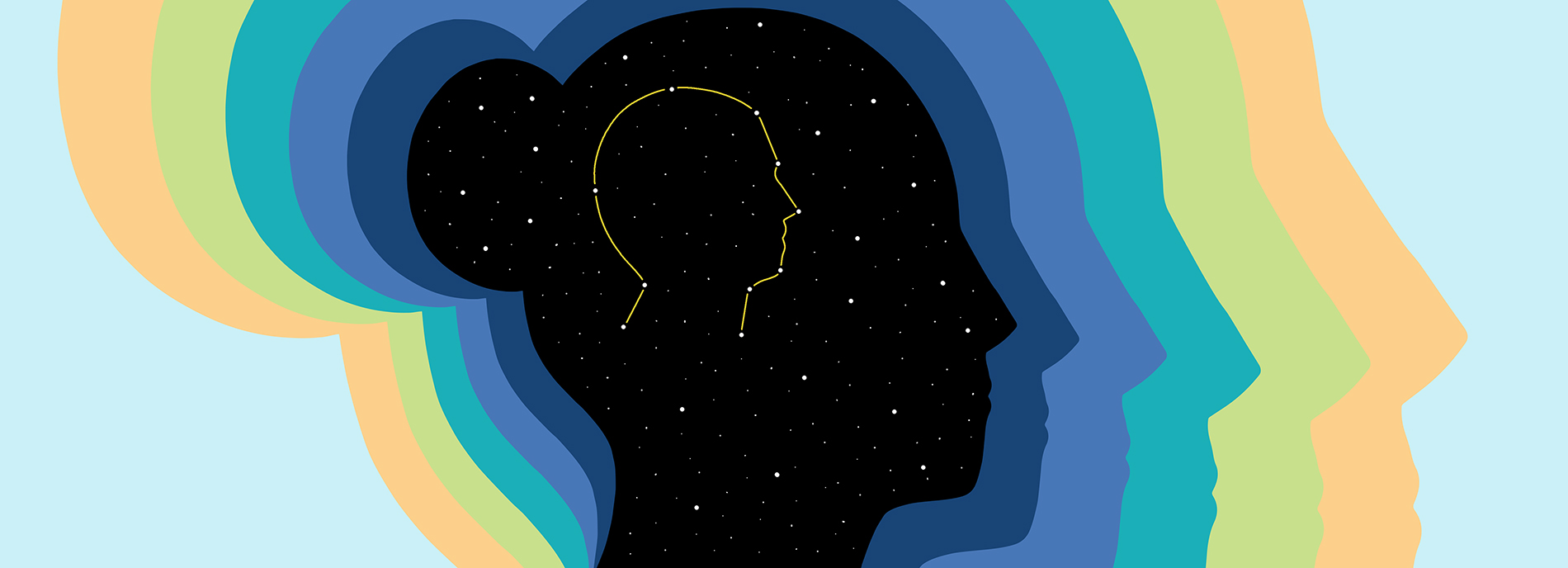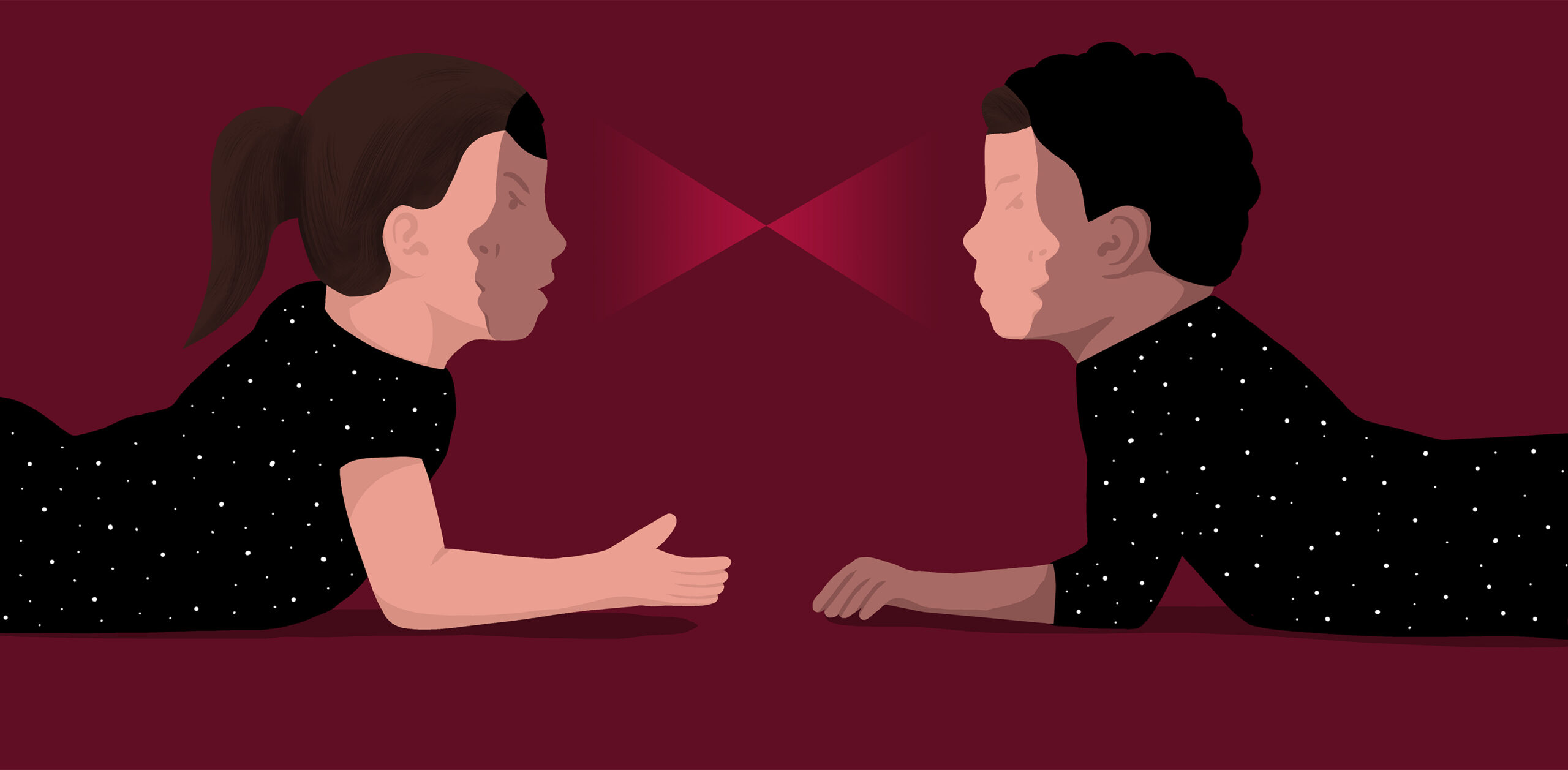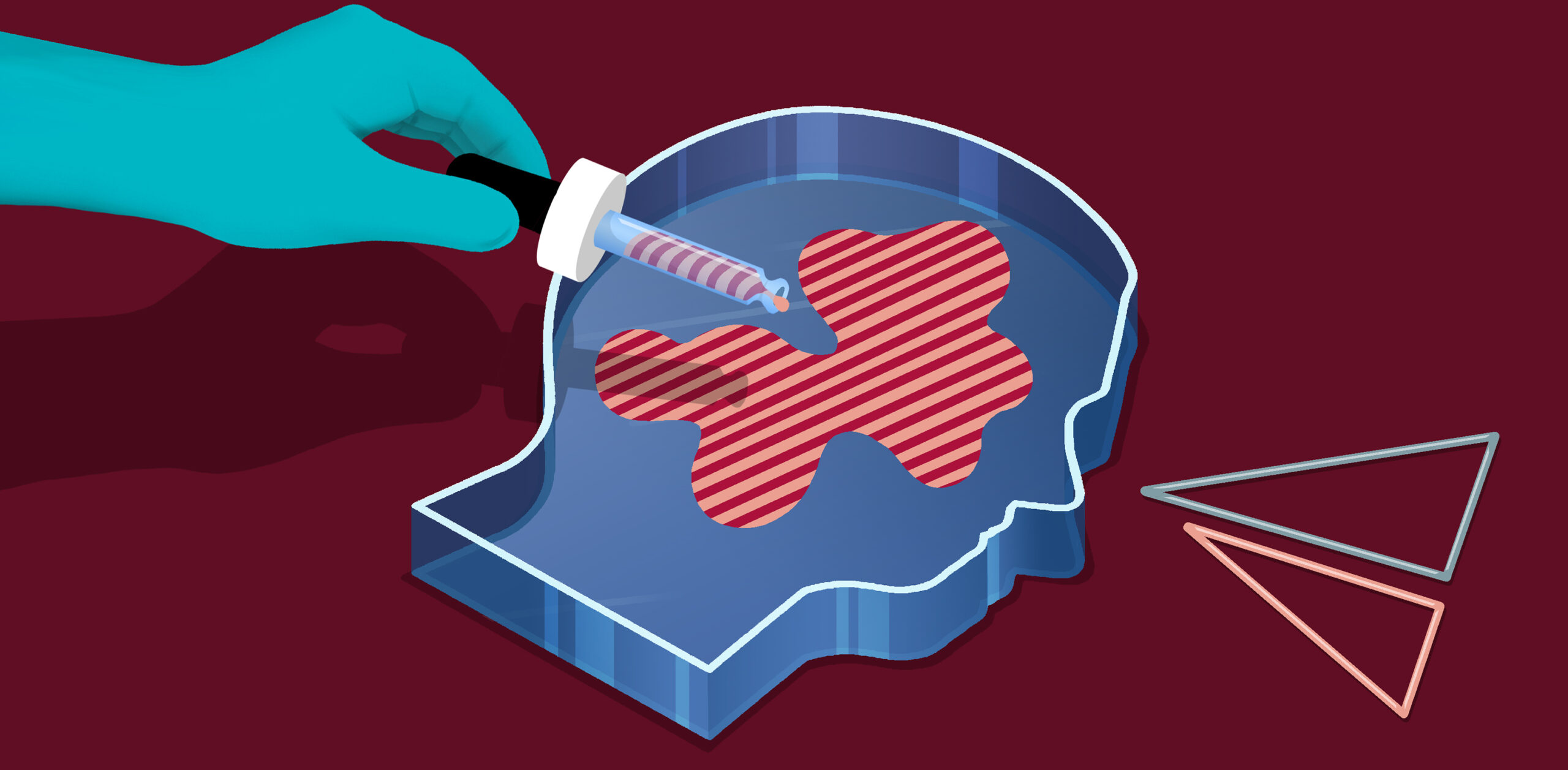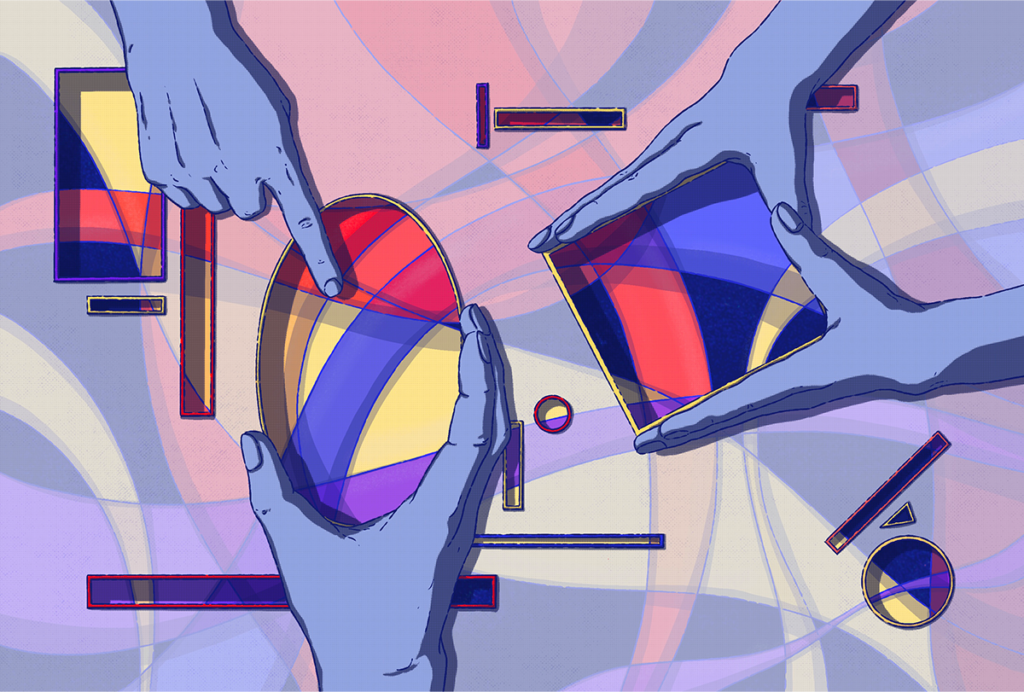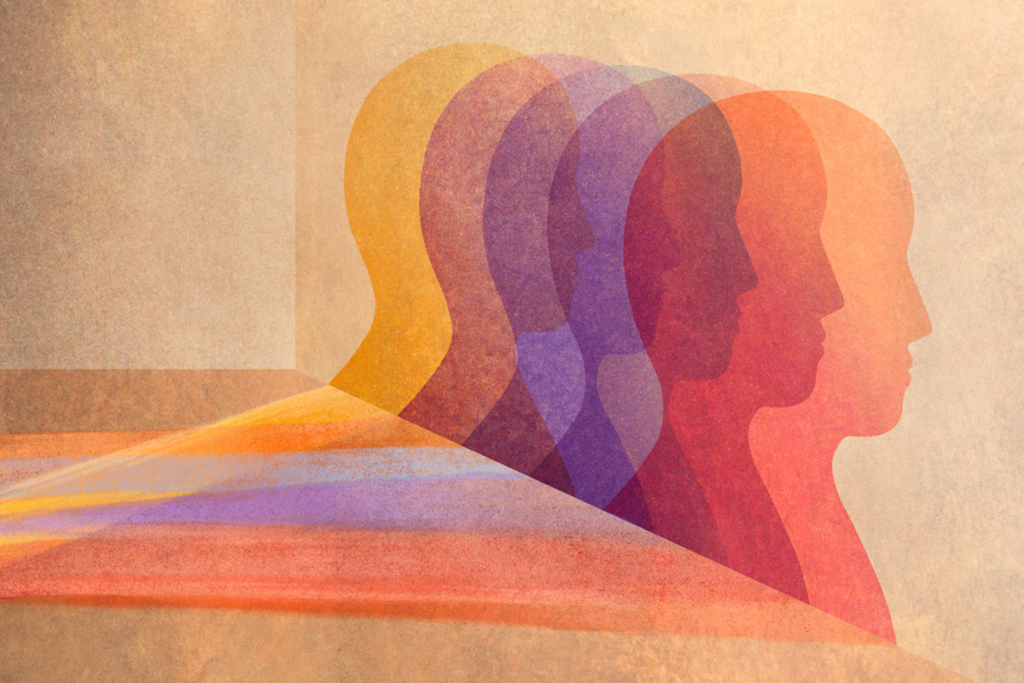T
he scientific process is rarely linear. New discoveries can redirect theories or derail them completely — and even disproven ideas are sometimes resurrected in new forms.One such example is the notion that autistic people have difficulty with ‘theory of mind,’ the ability to understand other people’s thoughts and emotions. Originally proposed in 1985, the theory steadily gained attention from the research community into the 1990s. Some researchers went so far as to assert that it explained everything about autism. But eventually, many came to view it as passé, and it was largely abandoned.
Over the past decade or so, though, theory of mind has attracted new interest from scientists who say that some aspects of the original concept, if not all of it, may still be relevant to autism.
“People thought it was all done and dusted,” says Uta Frith, emeritus professor of cognitive development at University College London in the United Kingdom, and one of the first to show that autistic people perform poorly on standard theory of mind tasks. But, she says, the field might not be finished with the theory after all.
